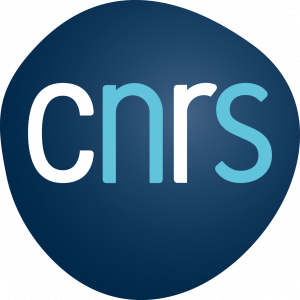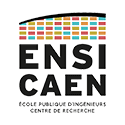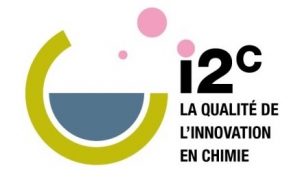Laboratoire de Chimie Moléculaire et Thio-organique
Site en évolution : Le LCMT évolue et devient l'Institut CARMeN, suite à sa fusion avec le laboratoire COBRA.Recherche au LCMT
Les équipes de recherche au LCMT
Publications
Les publications du LCMT
Conférences
Les séminaires du LCMT
Jonathan Dupré a reçu le prix de la meilleure communication orale
Jonathan Dupré, doctorant dans le groupe du Pr. Annie-Claude Gaumont, a reçu le prix de la meilleure communication orale lors des Journées JNOEJC-GFP Grand Ouest 2017.
Voici un résumé de sa communication:
Understanding the Reactivity of Phosphine–Boranes and Related Structures Through a Combination of Kinetic and Theoretical Approaches
Jonathan Dupré,1 Annie-Claude Gaumont1 and Sami Lakhdar1.
Normandy Univ., ENSICAEN, UNICAEN, Laboratoire de Chimie Moléculaire et Thio-organique, CNRS-UMR 6507, 6, Boulevard Maréchal juin, Caen, 14000-France.
jonathan.dupre@ensicaen.fr
Keywords: phosphine-borane adduct, Lewis acid, kinetics, computational study.
Phosphine borane complexes (PBs, R3P-BH3) have found a wide use in organic synthesis as well as in material science and medicinal chemistry.1 These complexes, resulting from the association of a Lewis acid (BH3) and a Lewis base (PR3), present the advantage to be thermally and chemically stable. As a consequence, PBs have been employed as hydrogen donors in radical chemistry and also as hydride donors in ionic reactions.2 While the former aspect has extensively been investigated, the later has been somewhat less explored.

In this communication, the nucleophilicity of a wide variety of PBs is compared with those of others hydride donors according to Mayr nuculeophilicity scale.3 Based on these new kinetic data, reactions of R3P-BH3 with a strong Lewis acid (B(C6F5)3) have been attempted to lead to serendipitous results, which have been rationalized based on a combination of kinetics and DFT calculations.
[1] a) Jabbour, A.; Smoum, R.; Takrouri, K.; Shalom, E.; Zaks, B.; Steinberg, D.; Rubinstein, A.; Goldberg, I.; Katzhendler, J.; Srebnik, M. Pure Appl. Chem. 2006, 78, 1425. b) Takrouri, K.; Dembitsky, V. M.; Srebnik, M. Stud. Inorg. Chem. 2005, 22, 495. c) Burnham, B. S. Curr. Med. Chem. 2005, 12, 1995.
[2] For PBs as hydride donors see a) Shapland, P.; Vedejs, E. J. Org. Chem. 2004, 69, 4094. b) Cazorla, C.; De Vries, T. S.; Vedejs, E. Org. Lett. 2013, 15, 984. For PBs as radical donors see: c) Rablen, P. R. J. Am. Chem. Soc. 1997, 119, 8350. d) Barton, D. H. R.; Jacob, M. Tetrahedron Lett. 1998, 39, 1331– 1334. e) Lucarini, M.; Pedulli, G. F.; Valgimigli, L. J. Org. Chem. 1996, 61, 1161–1164.
[3] Mayr, H.; Ammer, J.; Baidya, M.; Maji, B.; Nigst, T. A.; Ofial, A. R.; Singer, T. J. Am. Chem. Soc. 2015, 137, 2580-2599.





